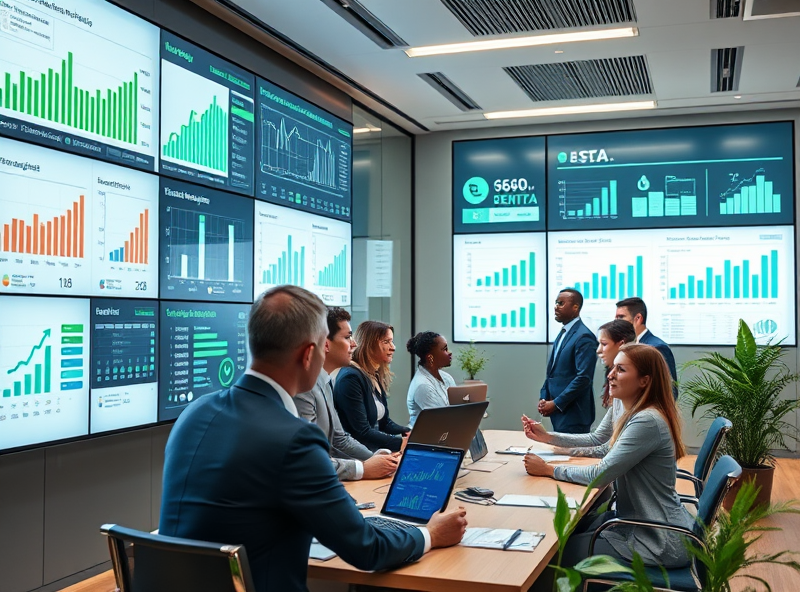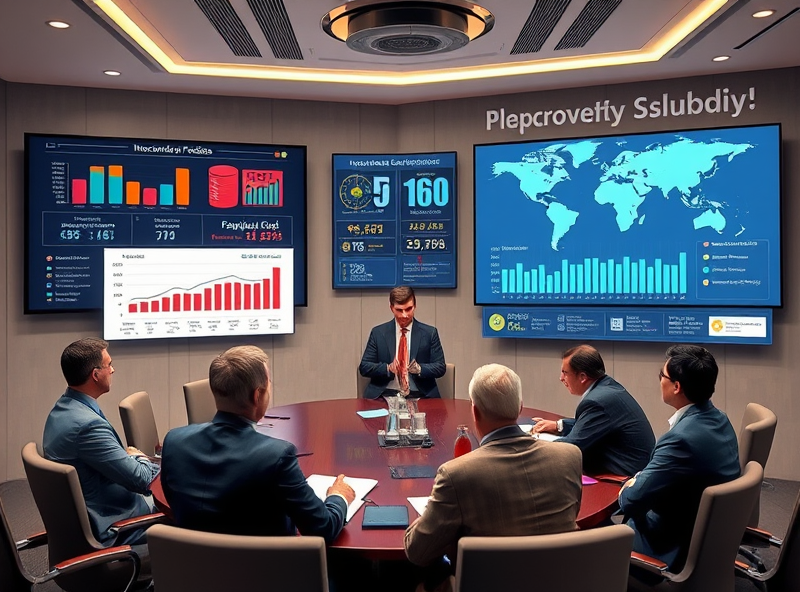Policy Evolution During the Pandemic

The COVID-19 pandemic reshaped the way governments approached subsidy policies, leading to significant changes aimed at addressing urgent societal and economic needs. During the pandemic, many governments shifted their focus from traditional subsidy models to more targeted and immediate relief measures. For instance, direct cash transfers to individuals and small businesses became a common strategy to ensure financial stability for those most affected by lockdowns and economic slowdowns. Additionally, healthcare subsidies were expanded to support overwhelmed medical systems, while funding for vaccine research and distribution became a top priority. These changes highlight how governments adapted to unprecedented challenges by prioritizing speed, accessibility, and inclusivity in their policy frameworks. By understanding these shifts, we can better appreciate the importance of flexible and responsive policymaking in times of crisis.
Economic Impact and Redistribution Effects

The pandemic has significantly reshaped government subsidy policies, leading to both economic impacts and redistribution effects. As governments around the world introduced emergency relief programs, such as stimulus checks, unemployment benefits, and small business grants, these measures helped stabilize economies during uncertain times. However, they also brought about redistribution effects, as funds were directed toward vulnerable populations and struggling industries. This redistribution aimed to reduce income inequality and support those most affected by the crisis. For example, low-income households often benefited the most from direct cash transfers, which helped them cover essential expenses like rent, food, and healthcare. On the other hand, small businesses that received subsidies were able to retain employees and continue operations, preventing further economic decline. While these policies were critical during the pandemic, they also sparked debates about long-term fiscal sustainability and the need for more targeted approaches in future crises. Understanding these effects can help policymakers design better subsidy frameworks that balance economic recovery with equitable resource distribution.
Adjustment of Eligibility Criteria and Support Targeting

The COVID-19 pandemic brought about significant changes to government subsidy policies, particularly in how eligibility criteria were adjusted and support was targeted. As the economic impact of the pandemic unfolded, governments worldwide recognized the need to provide financial assistance to those most affected. This led to a reevaluation of traditional subsidy models.
Eligibility criteria were often broadened to include individuals and businesses that previously might not have qualified for support. For example, many governments expanded unemployment benefits to cover gig workers, freelancers, and self-employed individuals, acknowledging the growing role of non-traditional employment in modern economies. Similarly, small businesses received targeted support through grants and low-interest loans, ensuring they could stay afloat during periods of lockdown and reduced consumer activity.
Moreover, data-driven approaches were increasingly used to identify and prioritize those in greatest need. Governments leveraged technology to streamline application processes and ensure faster distribution of funds. This shift not only improved efficiency but also reduced the risk of fraud and misallocation of resources.
For individuals and businesses, understanding these changes is crucial. Staying informed about updated eligibility criteria and available programs can help ensure access to much-needed support. The pandemic underscored the importance of adaptable and inclusive policies, setting a precedent for future crisis response strategies.
Sustainability and Efficiency of Financial Policies

The pandemic has brought significant changes to government subsidy policies, with a focus on sustainability and efficiency. One of the key shifts has been the move towards more targeted financial support. Governments worldwide have adopted data-driven approaches to ensure subsidies reach those who need them most, such as small businesses, healthcare sectors, and vulnerable populations. By leveraging technology and real-time data, these policies aim to minimize waste and maximize impact. Additionally, there has been a growing emphasis on sustainable investments, encouraging green energy projects and environmentally friendly business practices. These changes not only address immediate economic challenges but also pave the way for a more resilient and sustainable future. For individuals and businesses, understanding these evolving policies can help in accessing available resources and aligning with long-term economic trends.



